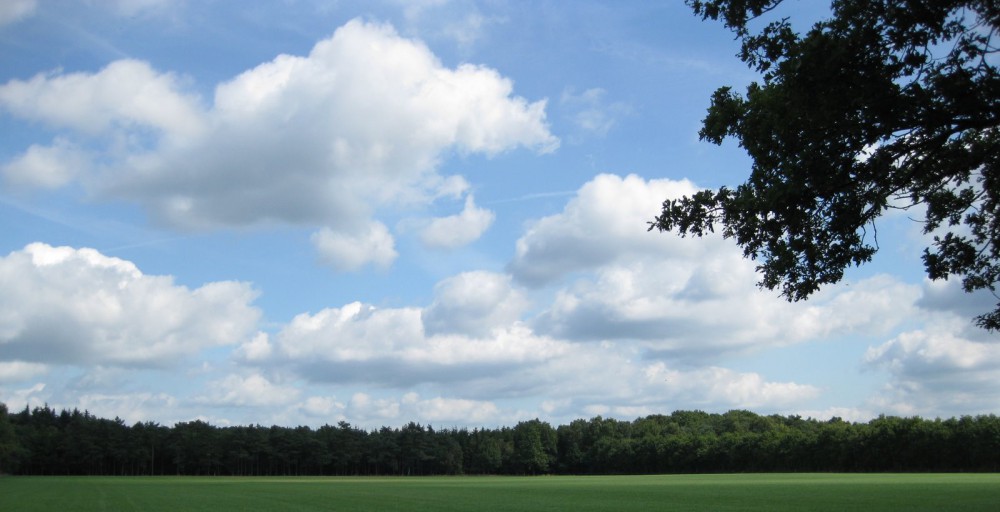Experiential factors shape the neural circuits underlying social and emotional behavior from the prenatal period to the end of life. These factors include both incidental influences such as early adversity as well as intentional influences that can be produced in humans through specific interventions designed to promote prosocial behavior and well-being. Key extant evidence in animal models and humans is reviewed. While the precise mechanisms of plasticity are still not fully understood, moderate to severe stress appears to increase growth of several sectors of the amygdala while effects in the hippocampus and prefrontal cortex tend to be opposite. Structural and functional changes in the brain have been observed with cognitive therapy and certain forms of meditation and lead to the suggestion that well-being and other prosocial characteristics might be enhanced through training. (Richard J. Davidson and Bruce S. McEwen, in Social influences on neuroplasticity: Stress and interventions to promote well-being, http://www.ncbi.nlm.nih.gov/pmc/articles/PMC3491815/)
Advayavada en meer
Advayavada Buddhism – On course with Nature (mainly Dutch content)
